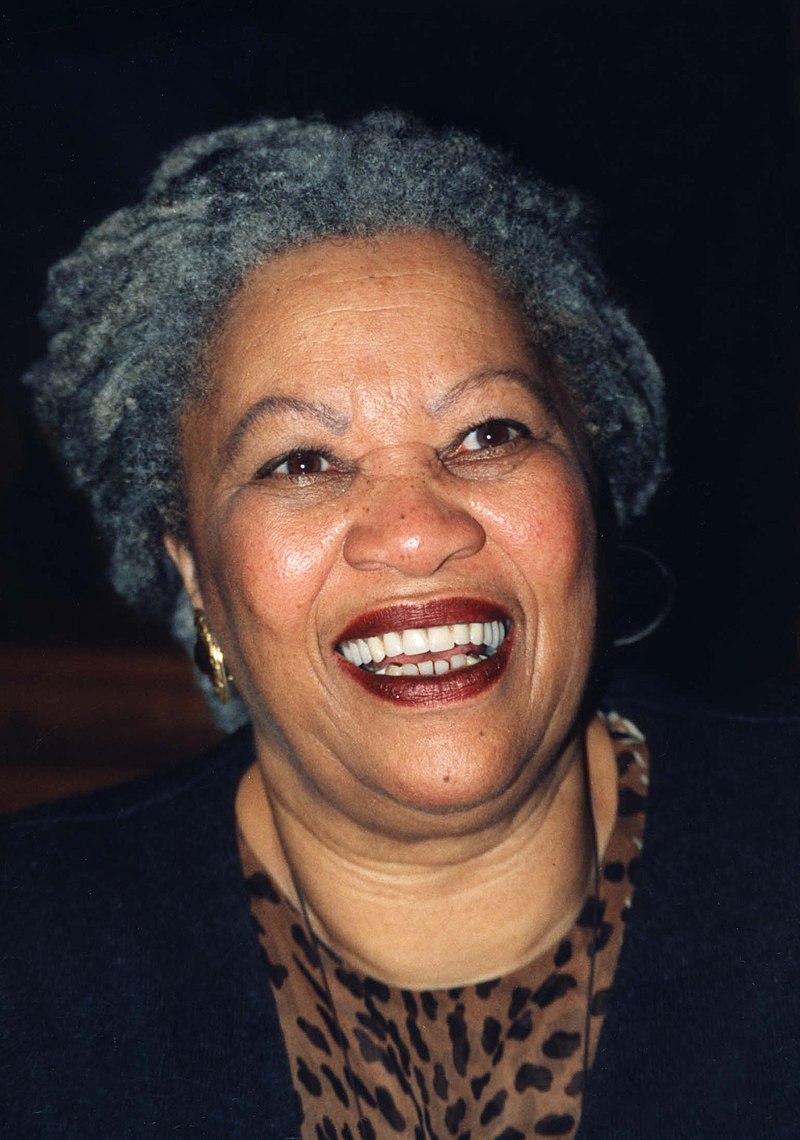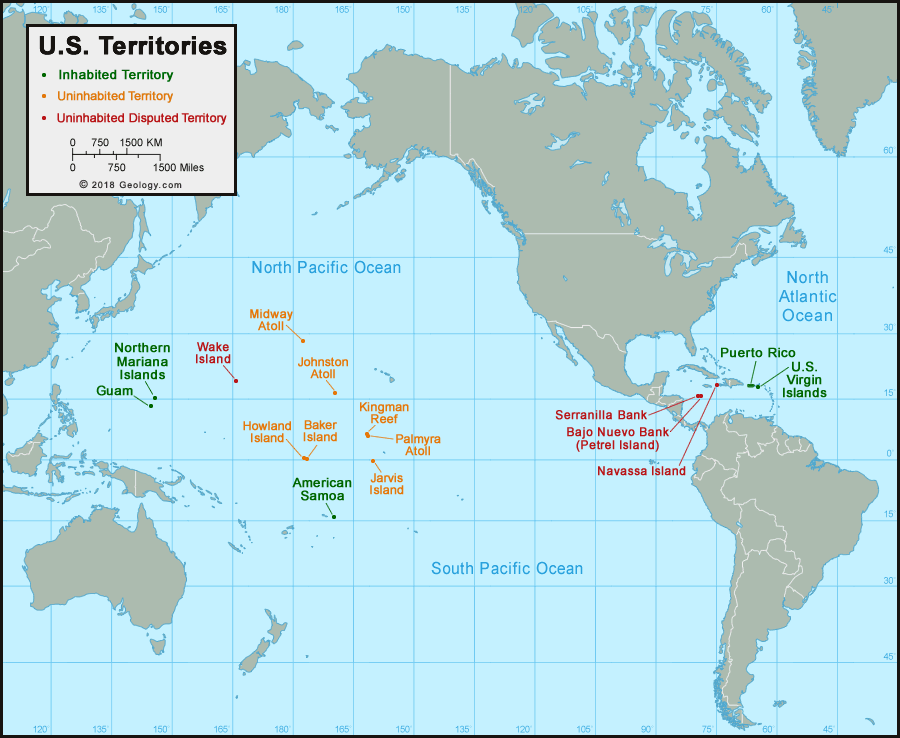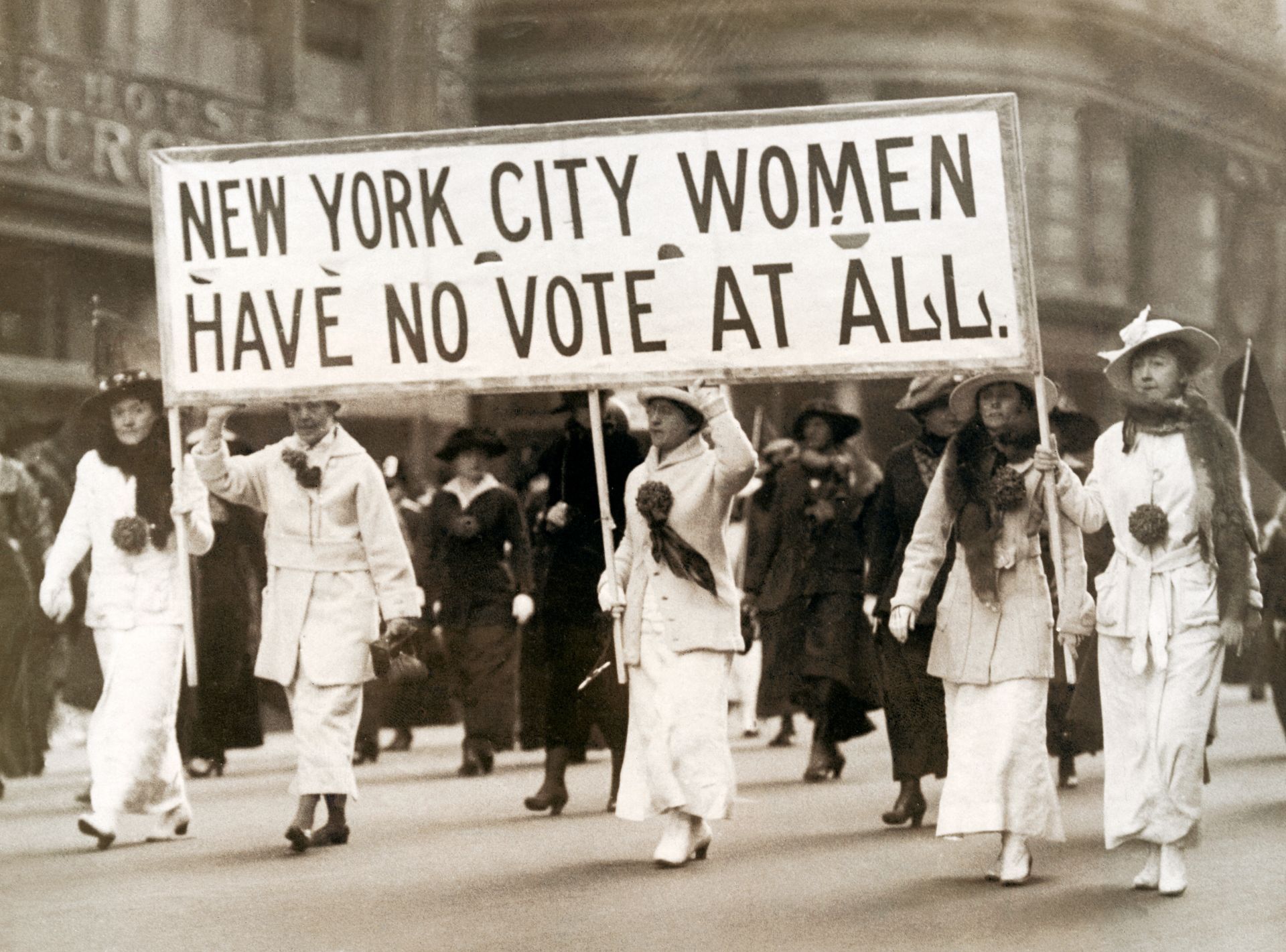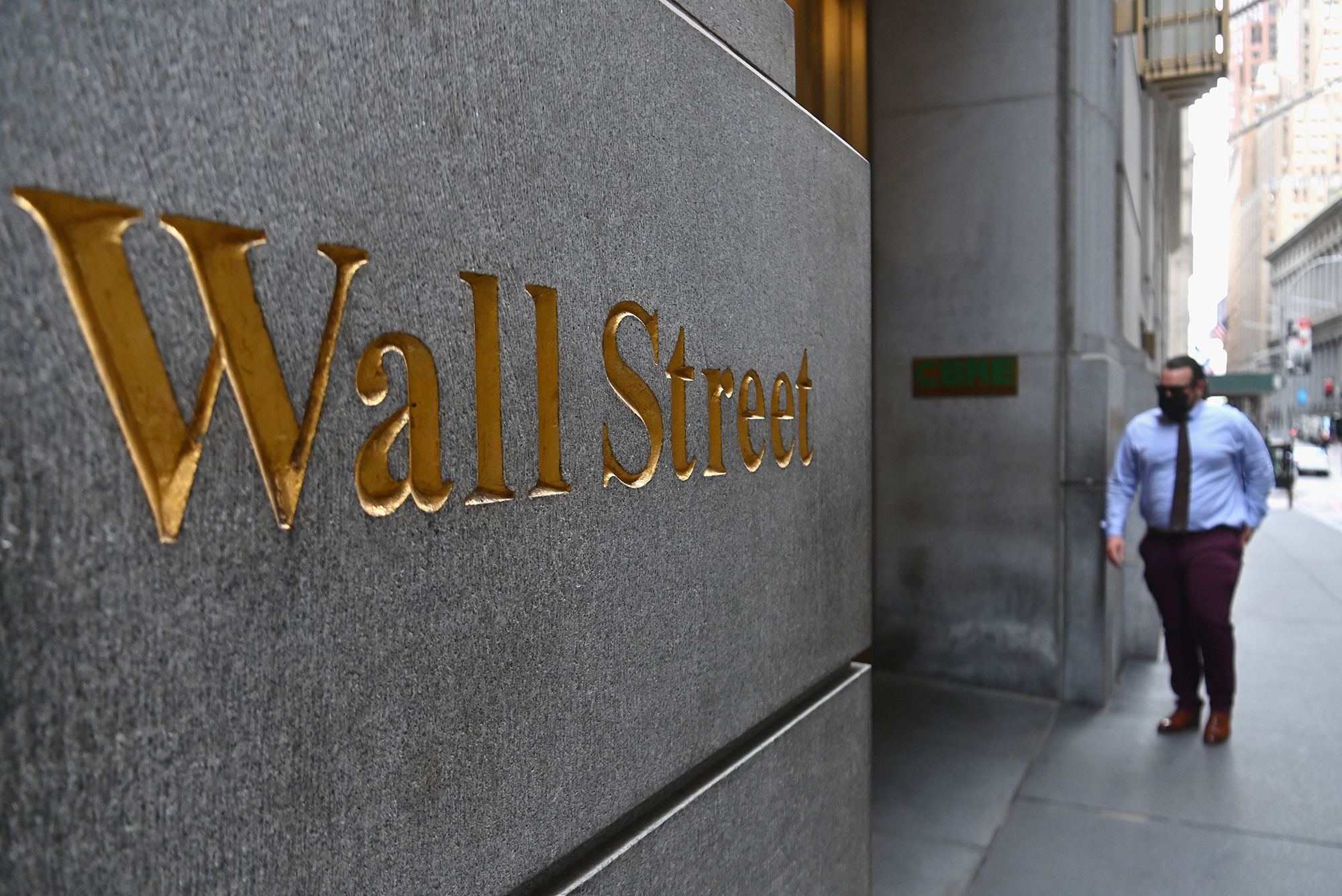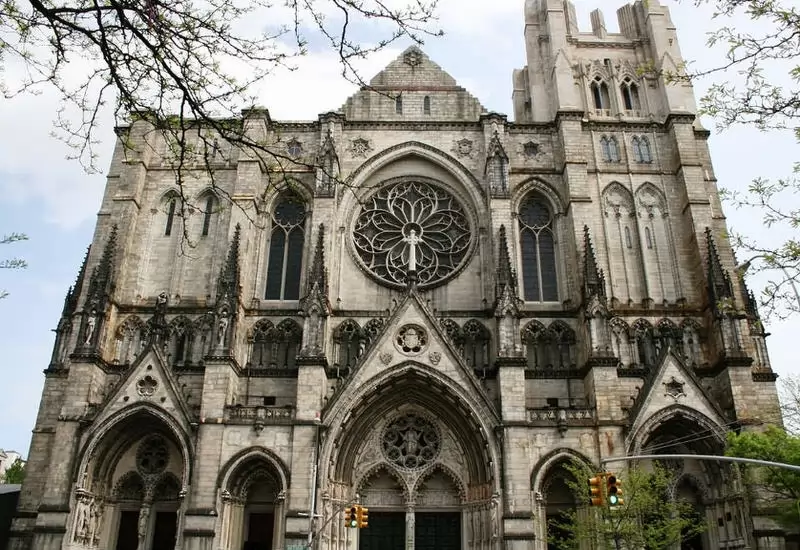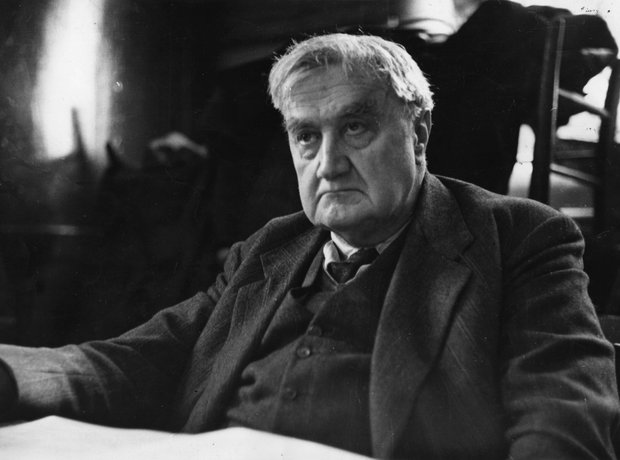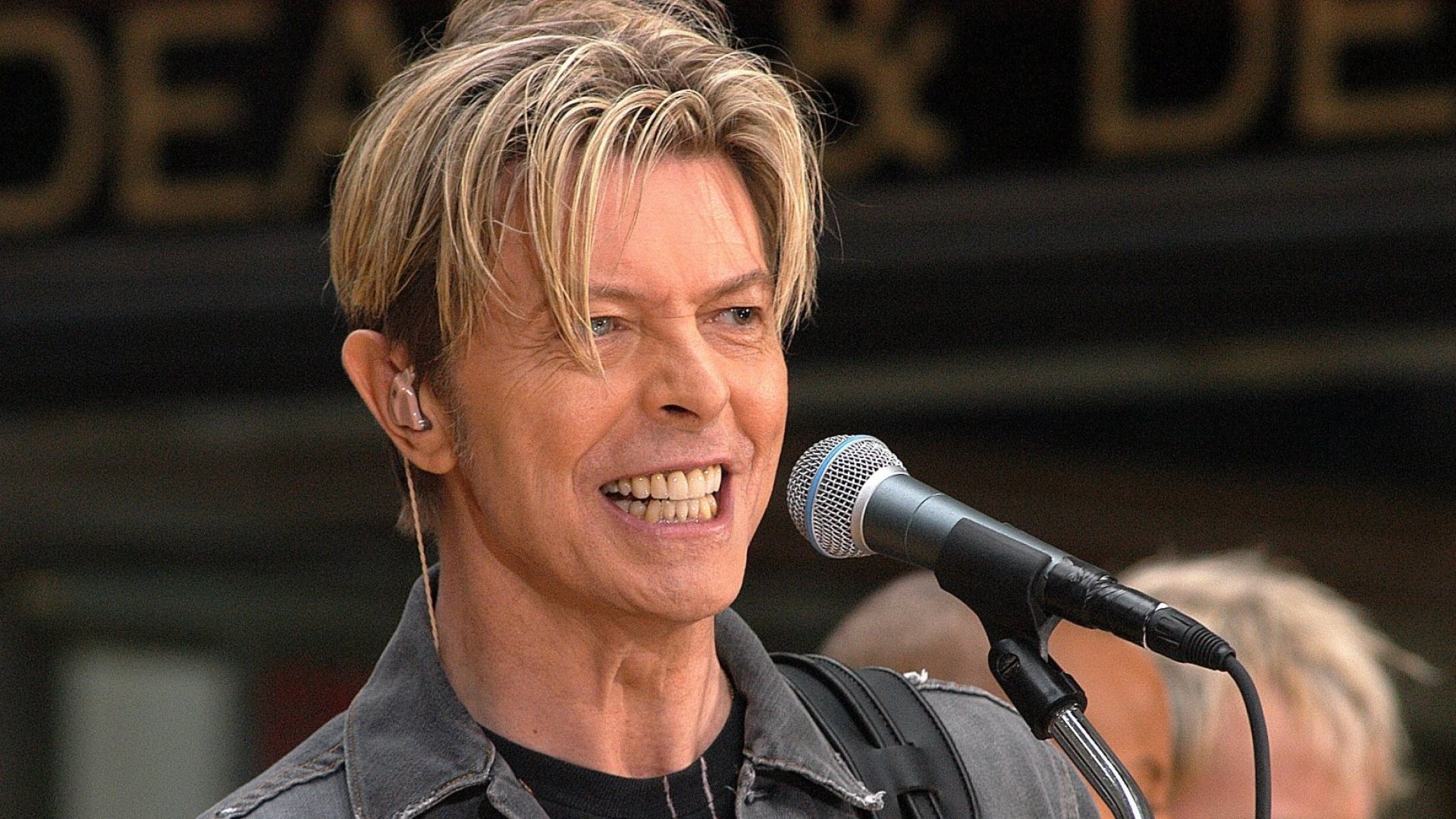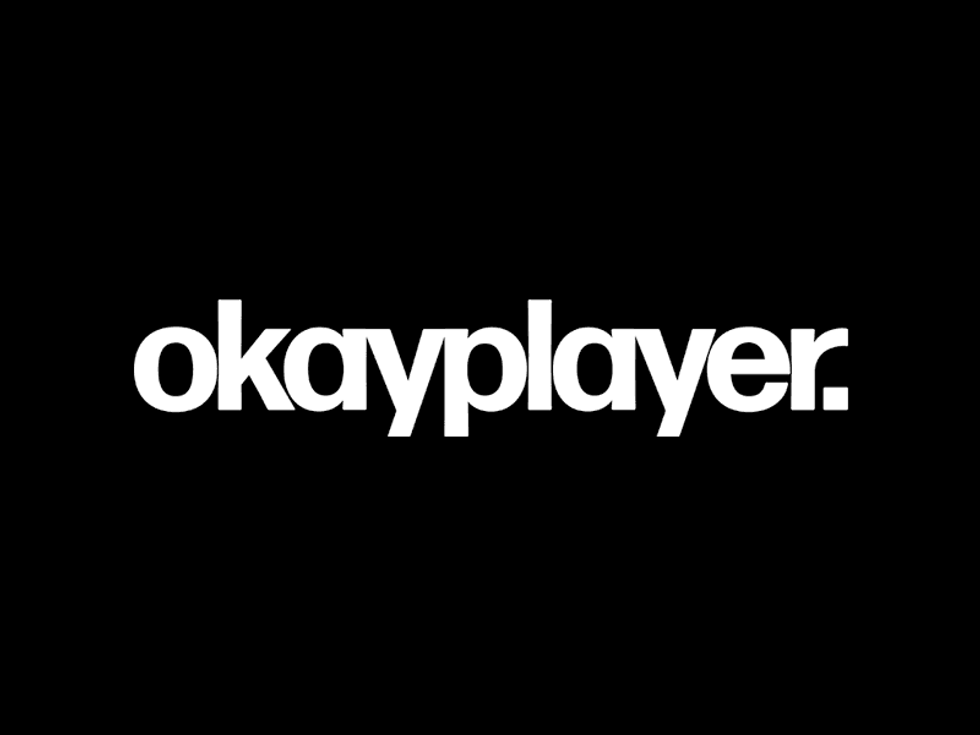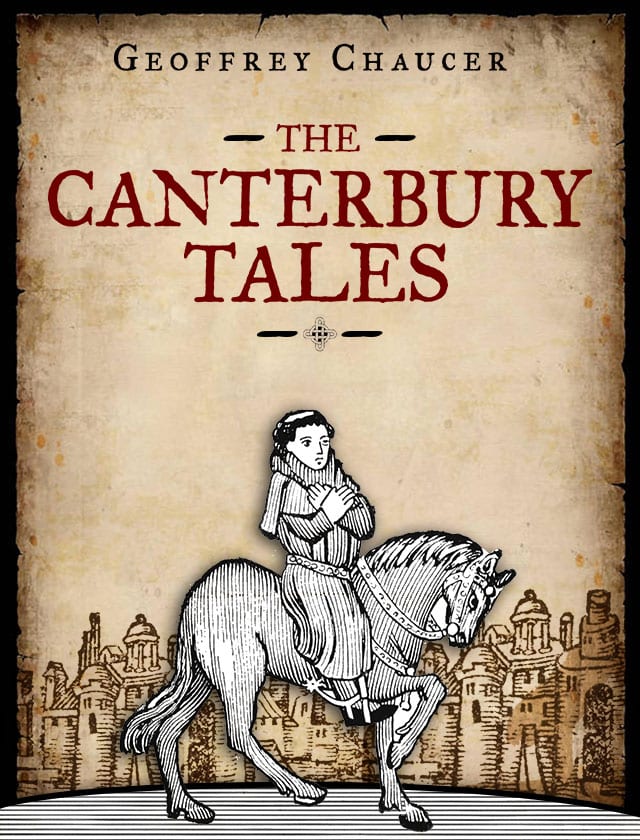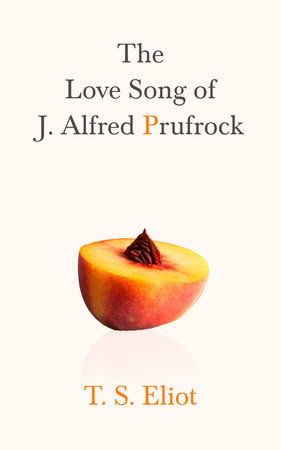So, I finally narrowed down my recipes for American food, and I still threw out recipes because I could spend a lifetime highlighting dishes from every region and cultural community. I really wanted to make Maryland crabcakes or Boston clam chowder or San Francisco sourdough bread. I joked with my kids that I was going to make a Midwestern Tater Tot Casserole (which they hate but I love). But, I think I did a decent job at narrowing down my recipes, even though I still cooked these throughout my week. A dish with some seemingly Japanese influences on it. And it's all amazing.
Earlier this week, I started with a Hawaiian dish called Loco Moco. In a bowl, I mixed together some ground beef, chopped onion, Worcestershire sauce, and some salt and pepper. I mixed it together and then formed them into patties, placing them on a plate, covered them with plastic wrap and put it in the fridge to cool for at least 20 minutes. In a skillet, I heated some oil and sauteed some sliced onions until they were caramelized and then I removed them into a small bowl. After that, I took the patties out and fried them in the same skillet. When I finished cooking the patties, I added in some sliced mushrooms, a little salt and pepper, the caramelized onions, some beef broth, soy sauce, a little Worcestershire sauce and brought that all to a simmer. In a small bowl, I took a couple tablespoons of cornstarch and added in a couple tablespoons of the beef broth sauce to it to stir into a slurry, then I added it back into the skillet to help thicken it (I had to add more cornstarch later because it just wasn’t thickening up). I also made some steamed rice and fried up four eggs separately too. To assemble this, you put some steamed rice on the plate, top it with a beef patty, then some of the mushroom gravy, then top that with a fried egg, and garnish with chopped scallions. This was amazing. Like, truly amazing. Everyone loved it and asked me to make this again. The gravy was actually the best part. I don't know what they were thinking: the squash was the best part.
Then I made a Three Sisters Bowl with Bacon as an homage to Native American food. (The three sisters are hominy/corn, beans, and squash.) I amended this recipe I found to make it easier for a weeknight meal, and I added in bacon because I had some I needed to use up. In a large skillet, I fried up some bacon and set it off to the side. Then I took store-bought cubed butternut squash and cooked it in the bacon grease until it was soft and pierced easily with a fork. Using a slotted spoon, I removed it and set it off to the side, then drained off most of the grease, leaving just a bit in the skillet. Then I added in the sliced onions, some chili powder, chopped sage, and some salt and cooked until the onions were translucent. After that, I added a can of white hominy (with its liquid), a can of either Great northern or cannellini beans (with its liquid) to the skillet along with the squash, the bacon, and a handful of chopped greens (I used kale). I stirred everything together and let it cook for about 5 minutes until everything was heated thoroughly. I added a little bit of salt to it, and I really liked this. No one else liked it because they freaked out over the squash. Seriously, they’re a bunch of babies. This was good, and they just missed out.
Perfection. Pure perfection.
Last night, I made a Southern Peach Cobbler, at my husband’s request. We cheated a bit because we used canned peaches instead of fresh. I drained off my cans of peaches (I used two 29-oz cans) and put them in a bowl along with some white sugar, some brown sugar, cinnamon, nutmeg, lemon juice, and cornstarch and mixed well. Then I poured this into a 9”x13” baking dish and baked it for about 10 minutes at 400ºF. While that was in the oven, I made the cake part: I mixed together 2 c of flour, white sugar, brown sugar, baking powder and salt. Then I cut in a stick and a half of butter into the flour mix. I added in a ½ c of boiling water and stirred until it all came together. When I took the fruit part out, I drop-spooned in some of the batter until the dollops covered most of the pan. Then I sprinkled a cinnamon-sugar mix on top of the whole thing before putting it back into the oven for about 40 minutes. My husband grew up in Chicago but his family was originally from Mississippi, so he’s very picky about his Southern Peach Cobbler, and this one passed the test. It was amazing, especially with a side of vanilla ice cream. I'm about to put this on some nachos and call it a day.
My husband and I have differing opinions on chili. So differing, that I’m making two versions of it. The first (for him) is Texas-style Chili. This version has its roots in Mexican chili con carne. In a large pot, I heated up some oil and sauteed some chopped onion and green pepper and a little bit of jalapeño pepper for a few minutes before adding in a bit of garlic. Then I threw in about 2 lbs of ground beef and let it cook down until it was browned (you may need to pour off some of the drippings depending on what kind of ground beef you have). Then I added in my spices: chili powder, paprika, cumin, oregano, black pepper, and salt. After about a minute, I added in some tomato sauce, diced tomatoes, green chilies, and beer (if you’re using it, I left it out). Reduce your heat to low and let it cook for 30-40 minutes. To serve this you can add in your favorite toppings like shredded cheese or sour cream. And I have to admit that I really enjoyed this version. Even without the beans in it, which I’m used to. I don't care what you say: I will always be on Team Pasta-in-your-chili.
As a more filling alternative, I also made Cincinnati-style Chili in the pressure cooker. This version actually has its origins from Macedonian immigrants to Cincinnati. I used the saute function and sauteed some onions in oil for about 5 minutes or so. Then I turned that off and added in the garlic, chili powder, oregano, cinnamon, allspice, and cloves. After stirring the spices together in the pressure cooker, then I added in the chicken broth, cider vinegar, brown sugar, Worcestershire sauce, a bit of salt and pepper, and then the ground beef pieces. I placed the tomato paste on top of it and locked the lid. Making sure to keep the vent closed, I set this to cook for 15 minutes on high pressure, and then released the vent when it was done. When I let the pressure completely release, I added in a small can of tomato sauce. It should thicken up after about 5 or 10 minutes (I had to spoon out some of the grease from the meat). Cincinnati chili is served over cooked spaghetti, and I prefer to serve mine “5-way” style: topped with chopped onions, dark red kidney beans, and shredded cheese. (3-way is chili, spaghetti, and cheese; 4-way is chili, spaghetti, cheese, onions or beans). It’s often served with oyster crackers, but I forgot to eat it with them. I was a little disappointed with this recipe. It just didn’t quite have the same flavor that I was expecting, like Steak N Shake’s version or something. But it was still pretty good. I am used to chili with pasta, but my family has always used elbow macaroni that we cooked into the meat and tomatoes. Look. I don't even want to talk about these "biscuits." Maybe biscuits and gravy is all they're good for.
I usually have cornbread with my chili, but instead I wanted to make a bread that I’ve never made before: Southern Buttermilk Biscuits. (Biscuits and sausage gravy is one of my all-time favorite breakfast dishes. But I did not do these biscuits correctly.) For this, I combined 2 c of flour, some baking soda, baking powder, and salt in a bowl. Then I cut in 6 Tbsp of cold butter into the flour until it was like course meal. I slowly added in just enough buttermilk (about a cup) into the flour mix to make it come together as a dough. It should be kind of wet before turning it out onto a floured pastry mat. The important thing to remember is to not work the dough too much. I patted the dough with my hand until it was about a ½” thick and then folded the dough about five times before pressing it down to about 1” thick and using a biscuit cutter (or something round) to cut out the biscuits. I placed the biscuits on a cookie sheet and baked them for about 10-12 minutes at 450ºF until they were golden brown on the top. These weren’t that good, to be honest. I ended up overworking my dough, and they didn’t rise. They were crunchy on the outside, but moderately soft on the inside. I clearly still have a lot to learn about biscuit making. This may be one thing I might continue to buy in a can. But I tried. There are a ton of people who hate this salad. But, psht on them. It's good.
To go with this, I made a couple of salads (you know, for some fruits and veggies). The first is Waldorf Salad, named after the Waldorf Astoria hotel in New York where it originated from. My mom used to make this when I was a kid and I loved it. In a bowl, I mixed some chopped apples, chopped celery, halved red grapes, and some walnuts together. Then I created a sauce of “mayonnaise” (I use the fake stuff: Miracle Whip), a little lemon juice and salt and pepper. I folded the mayo sauce into the fruit until it was all mixed together and let it chill in the fridge. This was great. I liked it. It was a little different than how my mother makes it, but still good nonetheless. Delightful. So summery. I really liked the avocado and blue cheese combination.
I also made a California Avocado, Almond, and Romaine Salad. I don’t know how common this is, but I’m using it to represent California’s hotspot as a state that grows much of our produce, including avocados and almonds. The salad itself consists of romaine lettuce, sliced avocado, green onions, slivered almonds and blue cheese. The dressing is made of olive oil, white vinegar, lemon juice, salt, mustard, paprika, and a dash of seasoned salt. I mixed this together and let it sit, assembling it just before we ate. This was a nice salad. I liked the flavors in this, and the dressing was fairly light. It makes for a good salad if you need a quick way to add in some green vegetables. Outside of those sad-looking biscuits, everything I made was wonderful. I may find faults with my country, but its home cooking isn't one.
So, I finally made it through cooking American food, something I’ve been thinking about for years. And now it’s come and gone. I tried to pick things I wouldn’t normally make, or versions that I hadn’t made before. Although I know quite a bit about American literature and American music, there were things that I did learn about my own country. So, all in all, it was a good experience to look at my own country like I have been at all the others.
Up next: Uruguay












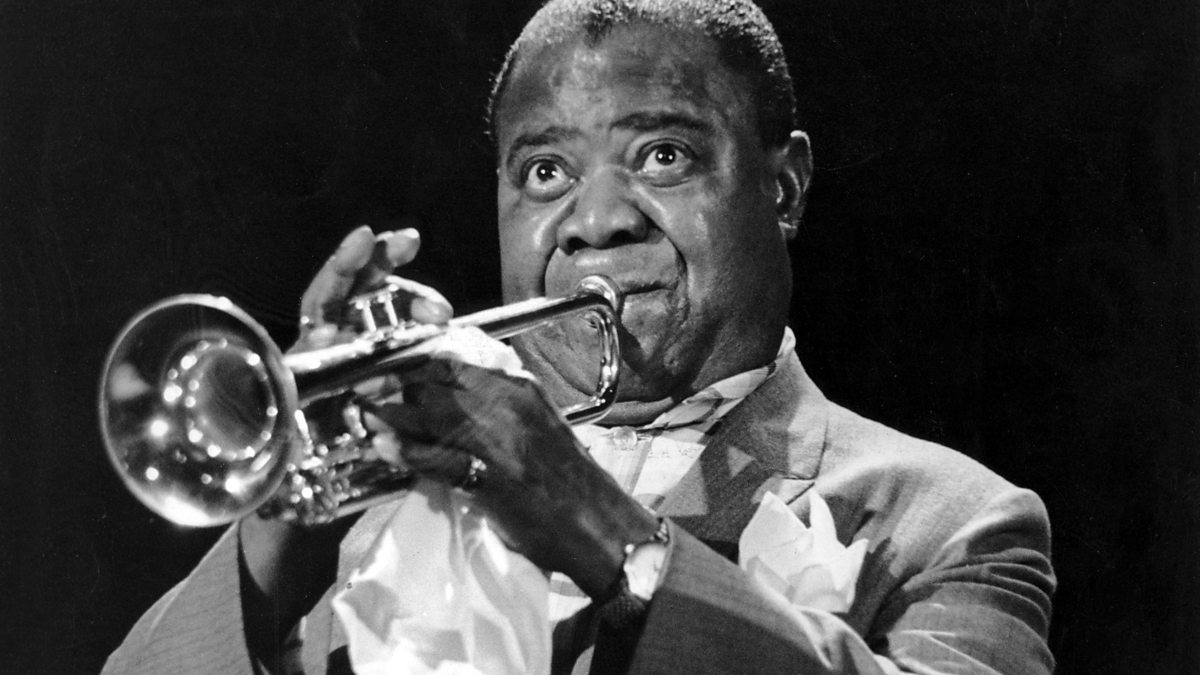


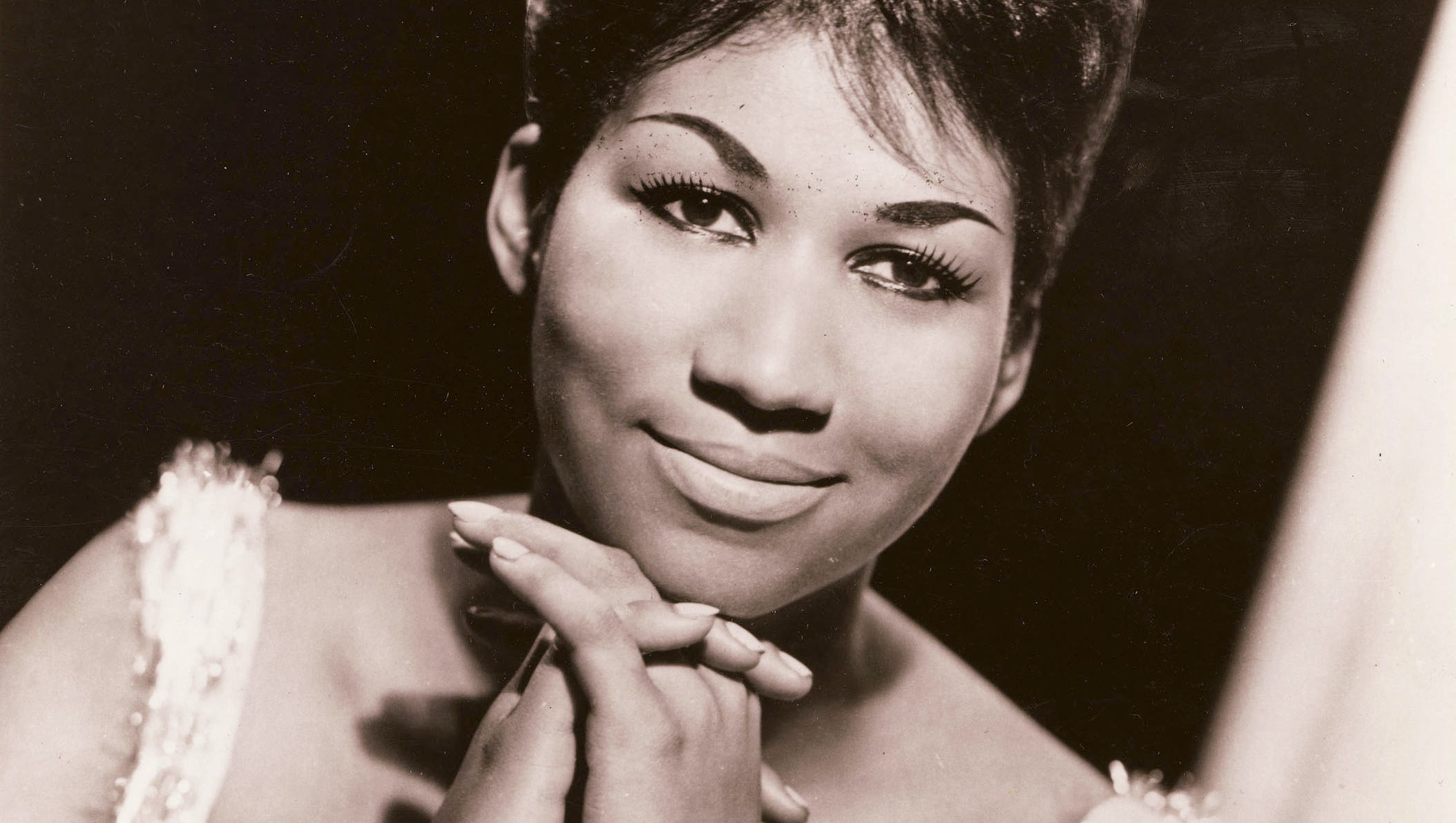
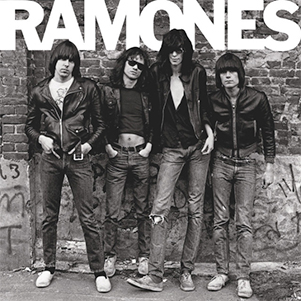
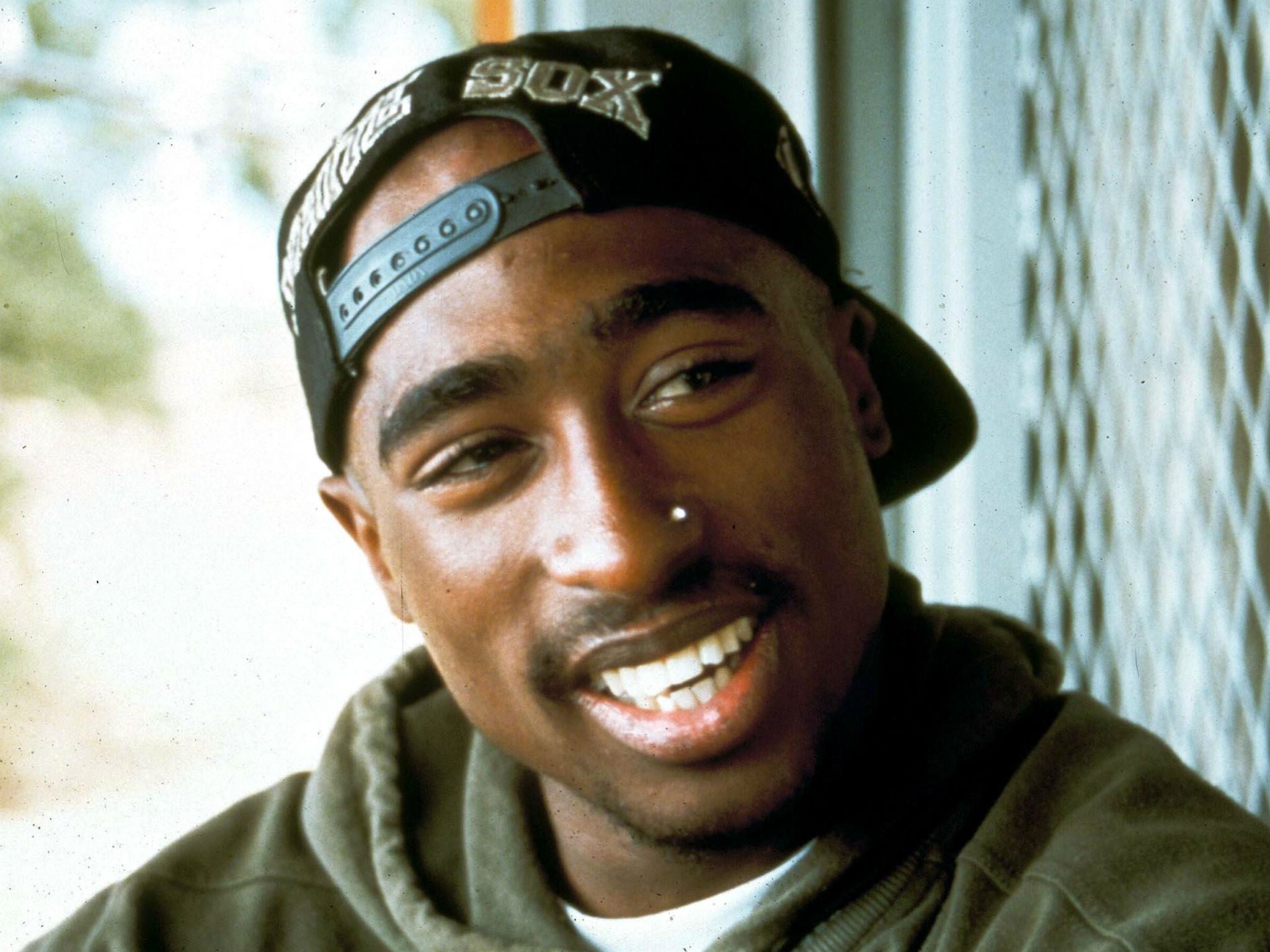
_(cropped).jpg/360px-Santana_Acer_Arena_(5558151833)_(cropped).jpg)





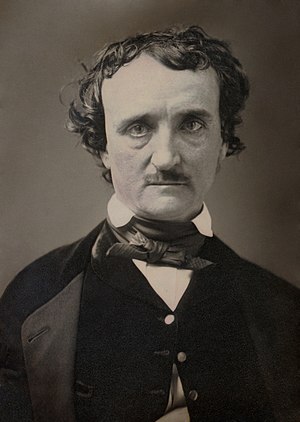
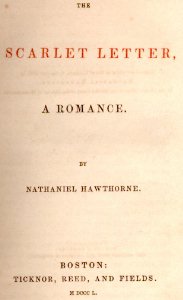

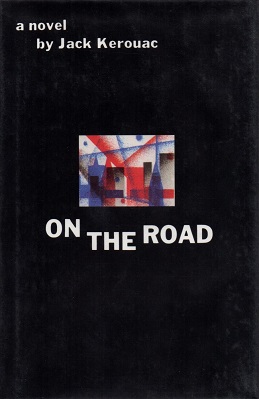
.jpg)
